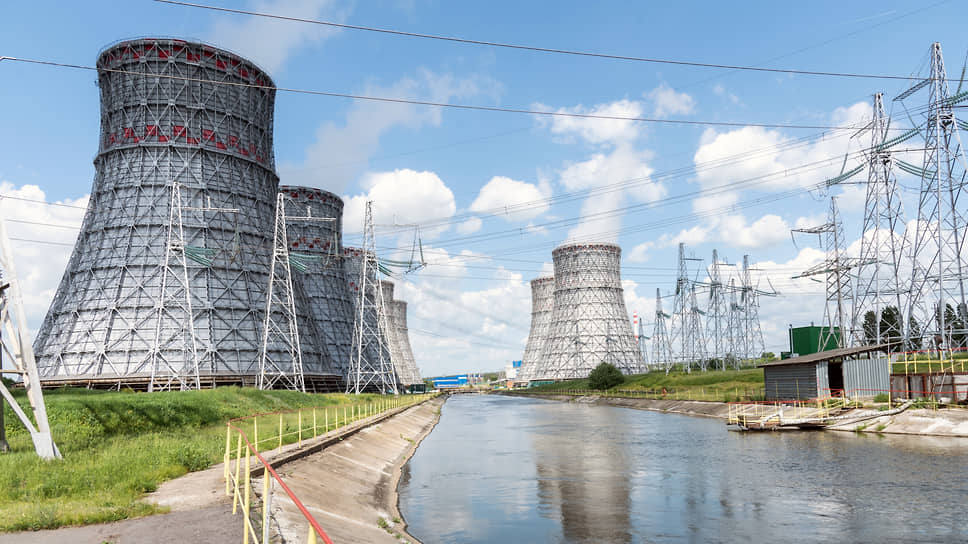Issue price – Newspaper Kommersant No. 186 (7387) dated 10/07/2022
[ad_1]
History does not yet know precedents for a fully commercial implementation of a project for the construction of even one nuclear power plant, not to mention a large-scale transition to nuclear energy. A nuclear energy program is always a political and state project, which is explained by a number of objective circumstances.
Firstly, the nuclear power plant is the leader of the anti-rating in terms of construction time. The construction of a nuclear power plant from the “green lawn” stage at best takes about ten years, which is three to four times longer than the construction of a coal or gas thermal power plant of comparable capacity. Such deadlines are due to high requirements for the quality of facilities, subcontractors and suppliers, as well as complex approvals with regulators. Uncontrolled delay in construction further increases the price tag and can make the project completely unprofitable. In such a situation, market financing of construction is not suitable, so the vendor country is forced to issue concessional interstate loans for projects or come up with complex and not the most sustainable project financing schemes.
Secondly, the construction of nuclear power plants is many times more expensive than renewable energy projects, gas and coal generation. The unit cost of a nuclear power plant in the “minimum configuration” can be about $3 thousand per 1 kW, and in the “maximum” (with equipment from leading world manufacturers and the maximum number of security systems) – up to $7.5 thousand.
There are also purely political risks: the timing of the implementation of the NPP project goes beyond several electoral cycles for most countries, which means that it is possible that the next ruling team may lose interest in the development of nuclear energy.
There is also a shortage of competent and economically sustainable developers, in particular in Europe, the USA and Japan. A long-term pause in the construction of nuclear power plants led to a weakening of the financial condition of developers and suppliers, which provoked a wave of mergers and acquisitions, an outflow of personnel, and a break in the chains of equipment suppliers. The most “living” competencies have remained with companies that are actively building nuclear power plants in their own country and abroad – these are the Russian Rosatom, the Chinese CGN and CNNC, and the Korean KEPCO. In the current political situation, the Koreans remain the most obvious contenders for Western projects. However, European nuclear scientists, having received a large state order, can create a single European concern for the construction of nuclear power plants, for example, on the basis of the most experienced company – the French EDF, which recently came under full control of the state.
Given all these complexities, the question arises: why get involved with such complex and expensive projects?
The answer is this: in the conditions of the most severe energy crisis, expensive, but more sustainable in the future, nuclear projects look like the only real way out for some developed and developing economies.
I think that only the attitude of society towards the development of nuclear technologies can become a significant obstacle on the way to the nuclear renaissance. The level of acceptability of nuclear power falls sharply after serious accidents: it was the disaster at the Fukushima nuclear power plant that actually led to the end of the first wave of the nuclear renaissance, which began some time after the Chernobyl accident. Now, perhaps, the prospect of a new nuclear renaissance depends on the fate of one station out of six blocks on the banks of the Dnieper.
[ad_2]
Source link






